THE HUMAN FACTOR – THERE’S NO PREDICTING THE UNPREDICTABLE
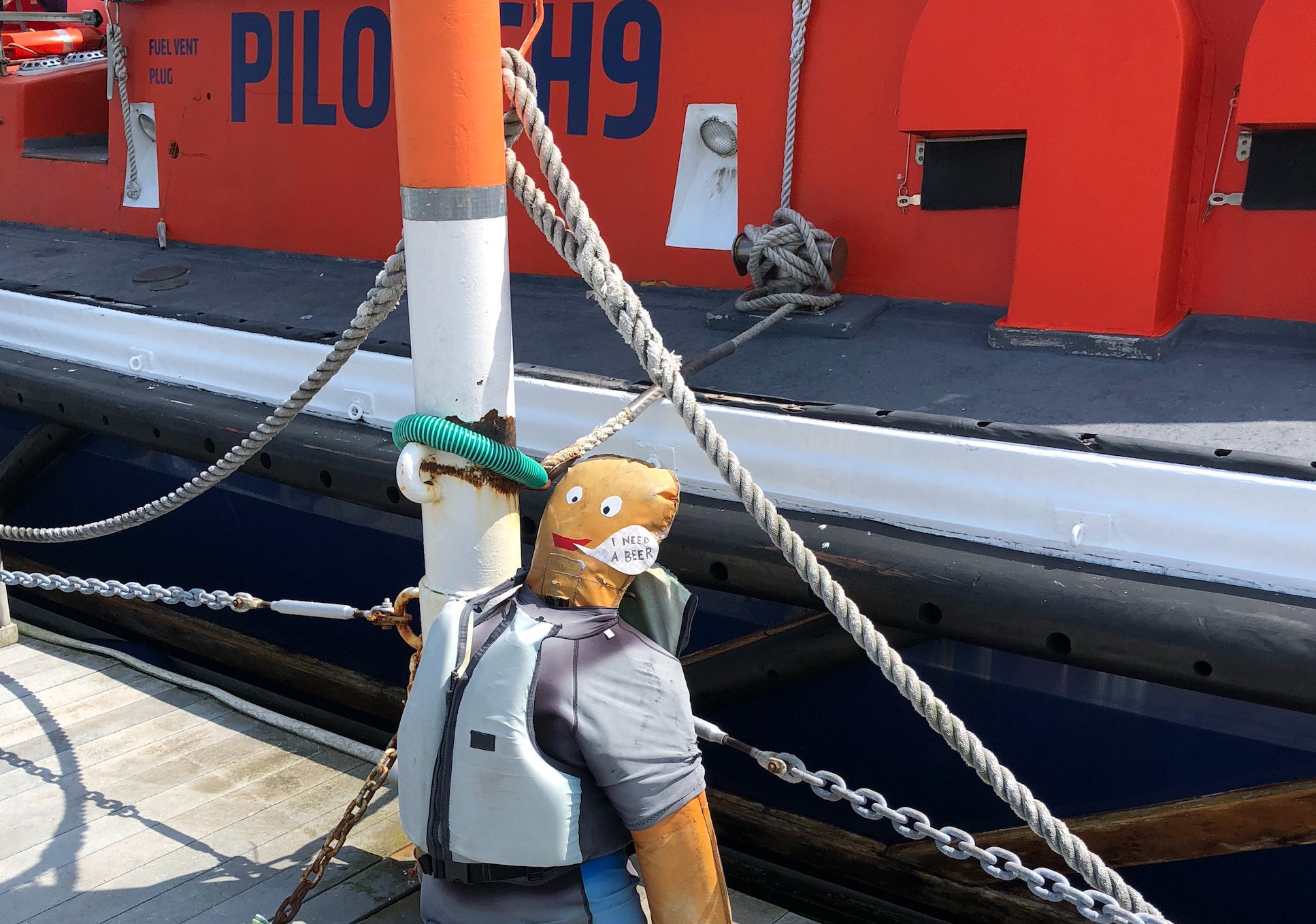
Fourteen months have passed since I started writing about the GGR and LLR, two events that share a similar premise but whose realisation could hardly be more different. A total of 36 sailors, most of them amateurs, took up the events’ invitation to sail around the world solo and non-stop.
- Half opted for LLR, which offered a flexible schedule, minimal organisation and an equally minimal set of rules, all inspired by the memory of Bernard Moitessier.
- The other half plumped for the GGR, a race more in tune with the Anglo-Saxon philosophy of original GGR winner RKJ, which has ended up with a very extensive rulebook – one that has at times put the finances, creativity and patience of participants under quite considerable strain.
Don McIntyre, initiator, impresario and driving force behind the GGR reboot, envisaged his solo round the world for amateurs as a business venture built around the concept of a race every four years designed to serve and be supported by the media.
Six months on from the start, we are beginning to gain a clearer picture of the realities.
- Four of the GGR fleet have reached the home straight – eventually, we hope, to be joined by the courageous Tapio and his slow-moving mussel-farm once they finally clear the Pacific. Along the way (so far) we have seen any number of roll-overs/pitchpoles leading to five dismastings, four boats abandoned, three challenging rescues on the high seas and one very serious back injury (having had surgery, Abhilash has now moved on to the hard work of recovery).
- Ten of the LLR fleet are still underway and the event has not seen any spectacular Code Red events as yet.
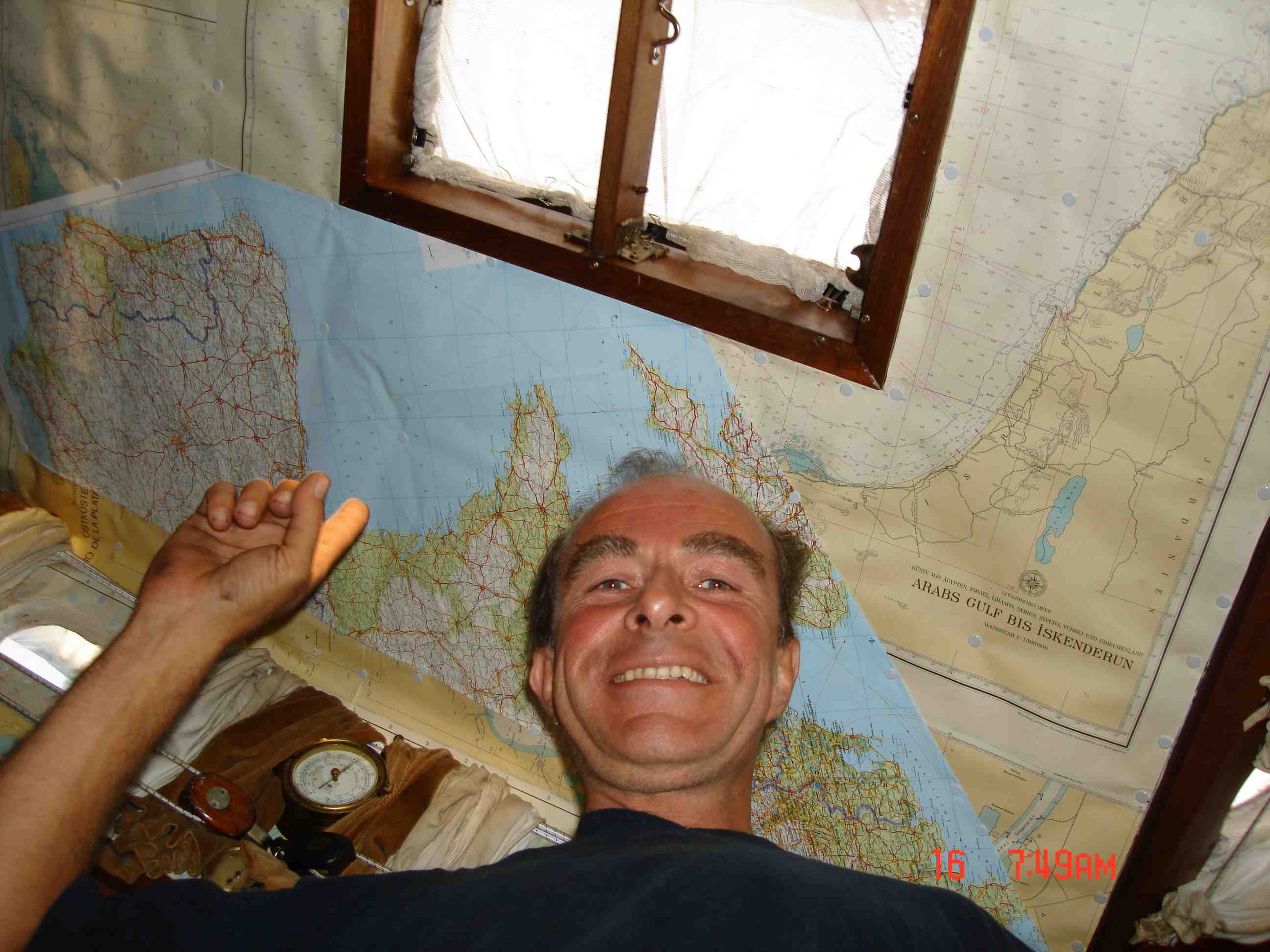
RACE OR ADVENTURE?
Preparing for and participating in a race is quite a different matter to preparing for and participating in an adventure: doing everything with the seconds ticking off loudly in the background adds another dimension to a situation that offers quite enough of a mental challenge anyway.
The competitive element is just one of many significant differences between the two events though and it would be interesting to know the extent to which participants in either have questioned their choice during reflective moments at sea. The LLR fleet has sailed along with no great fuss and virtually no media exposure. Their racing counterparts, on the other hand, can expect every decision and comment to be shared and analysed thanks to the steady stream of media output from the GGR (which makes the very most of every scrap of information that finds its way off the boats). Photos, videos and podcasts have brought the skippers into our homes and, in some cases, into our hearts, with many race followers no doubt vicariously living out their own deep-seated dreams. Haven’t all of us who call ourselves sailors at one time or another imagined lapping the globe alone? The GGR provides a way to share in the highs and the lows virtually.
I, as a proliferation of articles on the subject attest, have been keeping a close eye on the GGR. Caught up in the web of competing interests that binds organiser, competitors and sponsors, I am doing my best to keep a level head – a challenge I find difficult to master in the face of the unpredictability of human nature (especially the unpredictability of human nature where financial matters are involved). Experience tells me that social interaction prefers vertical relationships, but that people can only really deal with each other amicably and respectfully in a horizontal relationship. As soon as money, power or some other benefit comes into play, the usual rules of behaviour begin to lose traction. I sell windvane steering systems for a living, which means money very often intrudes into my dealings with sailors, so I have a particular interest in this subject.
THIN ICE FOR ORGANISERS
Six months of attrition on the racecourse have demonstrated that strict rules don’t always make good sense and that constraining participants’ options can actually increase their costs (or should that be losses?). This is probably why the organiser decided to start actively advising participants on how to escape the worst of the weather: nobody wants to see any more rescue stories (or a podium with more steps than finishers) and it had become clear that while some participants had arranged to receive excellent weather information via the available radio communication channels, others with a less professional network of radio contacts (such as Istvan, for example), were gaining far less from this grey area in the rules.
The organiser eventually decided to waive the penalty for entering the no-go zone to the South of the preferred route too, at least temporarily. These are all useful lessons to have learned and, since participant safety is their only objective, are all very much in keeping with the spirit of the race.
The organiser’s mixed feelings about the use of Jordan Series Drogue systems in the Southern Ocean could well become one of the key talking points if and when we learn the details of the different storm tactics used by the GGR and LLR fleets. The suggestion is that LLR sailors have repeatedly weathered dangerous conditions with a JSD deployed whereas Susie seems to be the only competitor to have used one – albeit in vain – in the GGR (the subject of Jordan Series Drogues was discussed at length at Attainable Cruising in the aftermath of Susie’s dismasting). Comments on the part of the organiser that appear to favour trailing lines in a storm because they can be recovered faster and more easily afterwards seem to imply that racers should be watching the clock/heeding the whip even in extreme weather conditions.
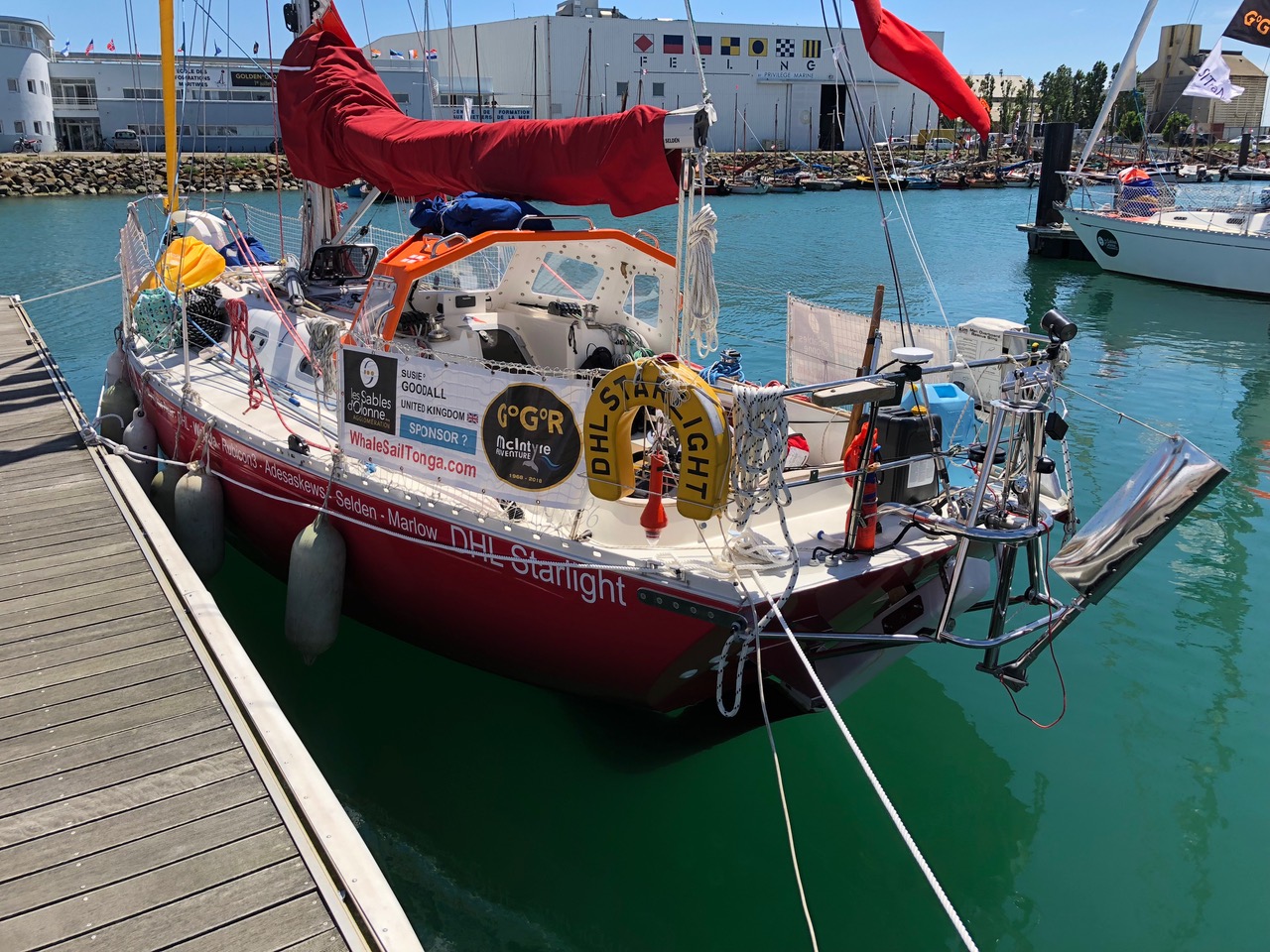
The challenge of keeping a clean bottom looks likely to be another of the contentious discussion points to come out of the race. The first few GGR skippers to reach the halfway timeout off Tasmania took the opportunity to carry out a hull clean, but eventually their activities caught the eye of the Australian authorities, who reminded the organiser (I say “reminded” because, as a highly experienced yachtsman with an Australian passport, he must surely have come across these rules before) that dumping a hull-load of imported live shellfish close to the Australian coast was strictly illegal.
Perversely, the GGR ban on hull cleaning in Australian waters that was then introduced ended up punishing the only person still racing who hadn’t managed to break Australian biosecurity law by that point. The front-runners up to and including Susie (whose case may have been bolstered by the presence of a team from her sponsor that included cameras – and hence the promise of media exposure) had been and gone, Capt. Coconut and Igor had already stopped off (before Hobart) and Istvan had “sought shelter” in a bay (to which the organiser drove out by car for a visit). While every other competitor set off into the Pacific with a freshly cleaned hull, the unfortunate (to say the least) Tapio found himself arbitrarily compelled to complete the homeward leg on a boat with the hydrodynamic efficiency of an upturned hedgehog.
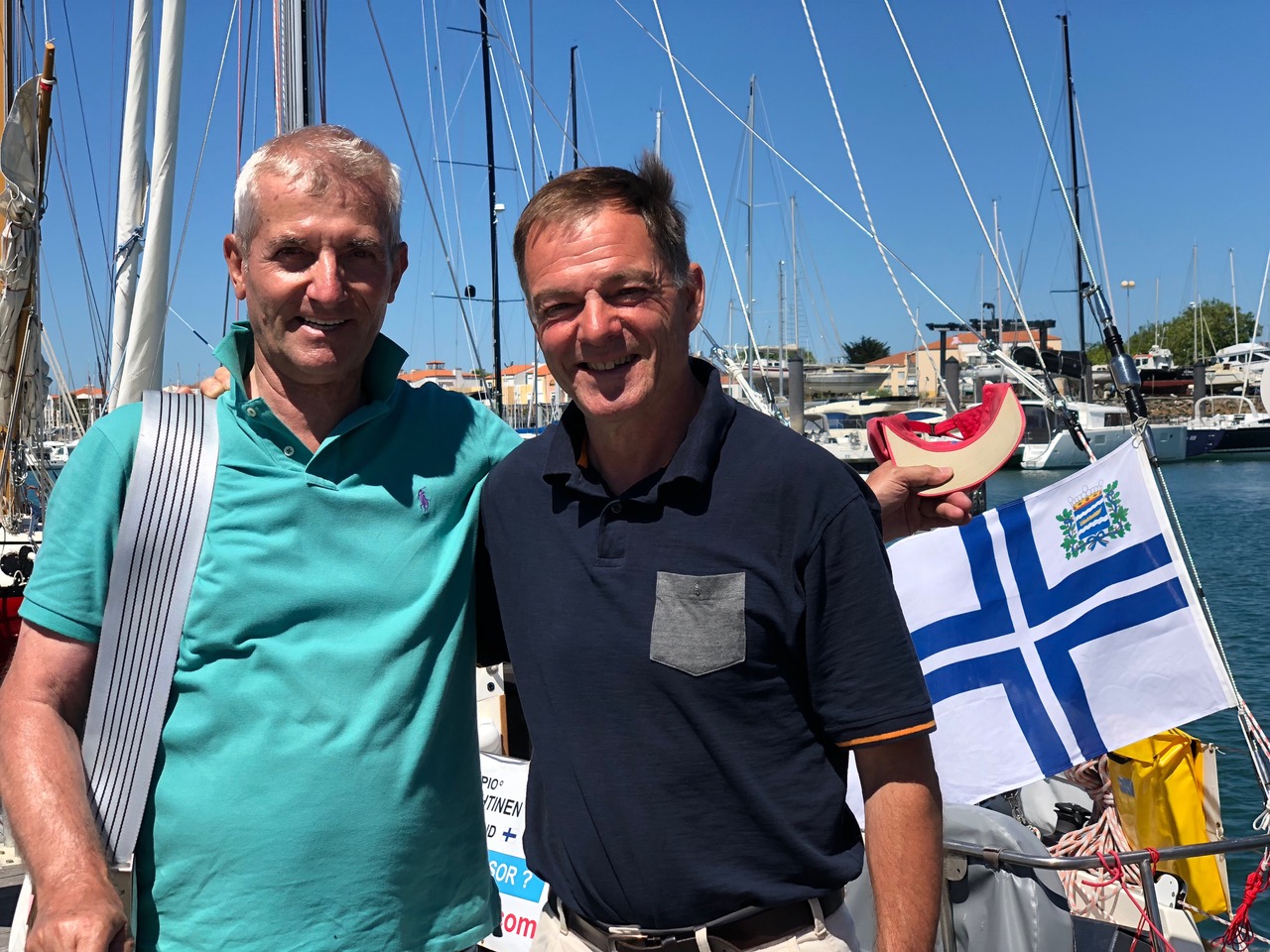
The consequences for Tapio could hardly have been worse: not only is the lush ecosystem beneath his feet slowing him down, but it may well also be making his boat less seaworthy. Heavy fouling reduces the efficiency of the main rudder, something Asteria really could have done without given that her main rudder is a long way from her transom anyway and hence already not as efficient as the rudder on, say, a Rustler 36. According to Tapio’s texts and podcast discussions, he has started assisting his windvane self-steering with additional input from the wheel in heavy weather to improve course-holding, which suggests to me that his main rudder may already be compromised to a significant extent.
Knowing what we do now and having read the reports of those who have been forced to abandon ship, most of us will have reached our own conclusions about the wisdom of the decision to run the GGR under such rigid rules (“if it was not on Suhaili, you cannot use it”). I surely cannot be alone in questioning the logic of arbitrarily banning valuable safety equipment just because it was invented after 1968, especially given the way that we see these forbidden fruits of technology quickly broken out of their sealed packaging – with accompanying media fanfare – as everyone pulls out all the stops to put rescue ships and aircraft on the scene ASAP once the worst has already happened.
Good seamanship includes far-sightedness on the part of the organiser. The world has now seen the consequences of sending amateur sailors along a predefined route through the Southern Ocean under race conditions with just a Walker towed log to track their progress, no reliable weather information and the threat of relegation to the Chichester Class hanging over them should they be tempted to give in to prudence and seek refuge to make repairs, for example, rather than carry on living with the risk and keep racing. While it is too late now for the GGR 2018 to revisit the questions raised by these issues, lessons have to be learned and any future event held along similar lines (with or without the omnipresent organiser and moderator) must surely find different ways of answering them.
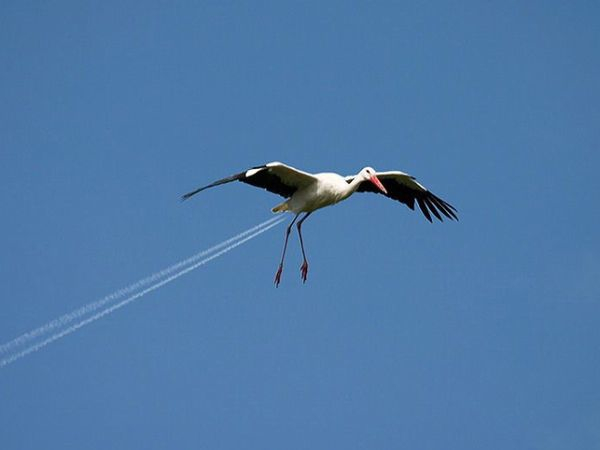
The extensive rulebook and strict management of the GGR suggest that it has been organised with a very specific aim in mind. Strangely, the way events have unfolded it has worked rather well as an “I’m a Celebrity”-style media happening. The hair-raising end to the race suffered by Abhilash and Susie made headlines around the world – and the organiser took care to include contact details for interview requests in his press releases. Clearly media coverage is important for the event and drama is always grist for the media mill, but does there come a point at which the event actively seeks to create news rather than having news-worthy happenings occur in it? That is a thought I have no wish to follow up (although it is striking that the superficially similar La Longue Route has yet to produce even one of the sensational Code Red events that have put the GGR in the limelight).
The enormous scale of the financial damage and losses incurred among the GGR participants also raises questions – and not just because these costs have to be borne by the sailors themselves. The organiser never misses a chance to drop a friendly reminder of the fact that participants chose to enter the race of their own free will – and must surely have been aware of the of the risks when they did – and to confirm that the drop-out rate is no higher than he had always expected. All of which presumably trips off the tongue very easily from the comfort of a well-padded armchair!
.
MY EXPERIENCE
Tempting as it is to speculate about all of this, personally I set more store by my own encounters with the organiser, which reflect the natural tension in the relationship between the person responsible for making an event happen and one of the people who has supplied the sponsorship needed to bring competitors to the start line. Initially I feared the organiser’s responsibilities towards his own sponsors might lead to a subtle lack of objectivity in race reporting. Reality proved me both right and wrong: the organiser certainly intended to look after his sponsor, but he had no intention of being subtle about it!
I have faith in the ability of critical observers to read between the lines and I trust the cruising community to put the evidence of its own eyes and ears ahead of the messages presented to it by voices with skin in the game, but I still feel the organiser’s lack of impartiality does him no favours. An official GGR press release 2 January 2019, for example, includes the line
“Kopar’s Puffin has suffered continued self-steering issues from Day 1”
Alongside the text we – and the various media outlets around the world – see a photo of Istvan’s boat. A quick copy-and-paste (why sweat the details?) and the journalist’s job is done. And with it the organiser’s: feed a carefully worded press release into the food chain and let nature take its course…
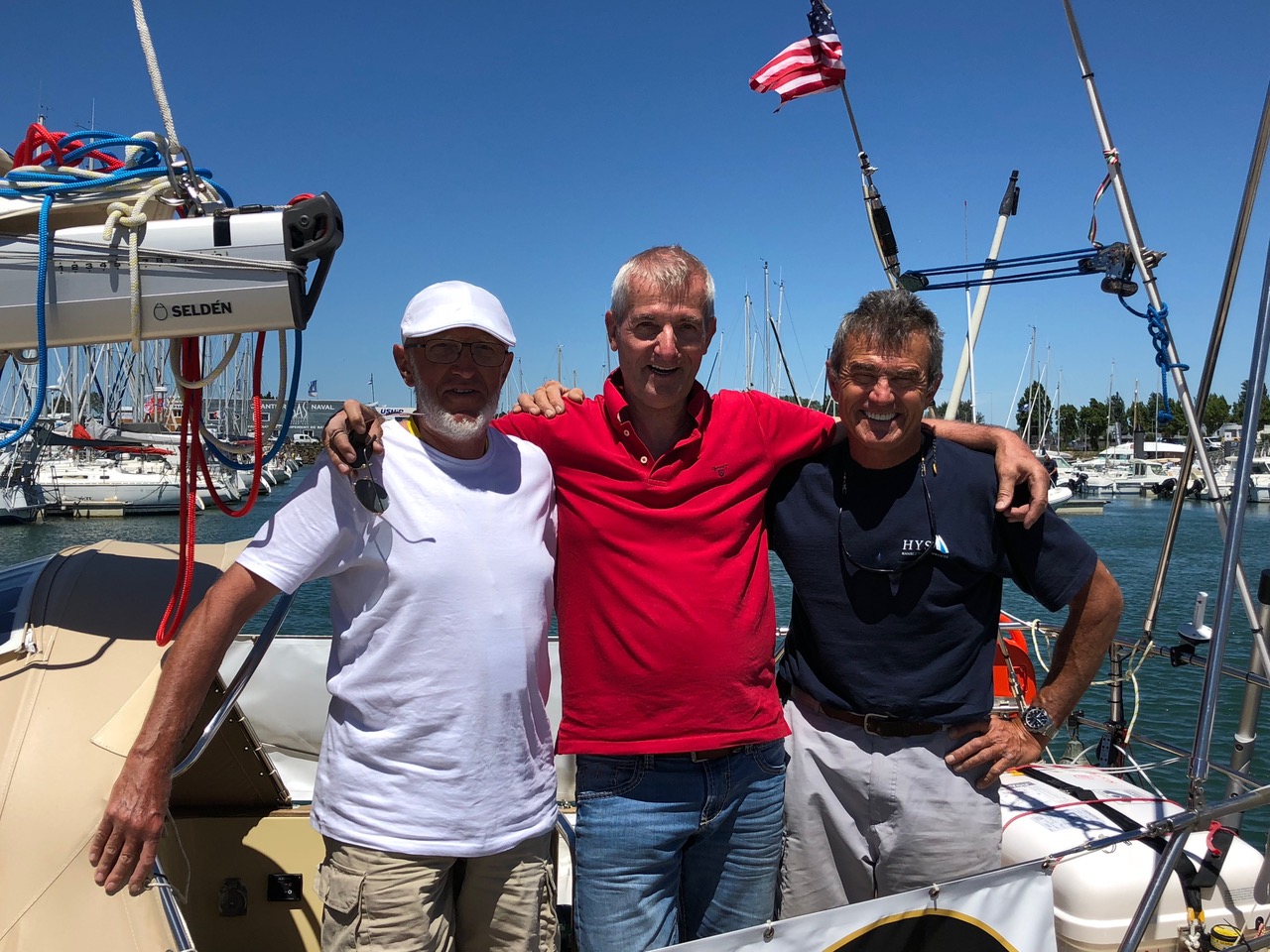
Rest assured, the organiser has been kept very well informed about the technical issues raised by the combination of equipment installed on Puffin and also has personal experience of dealing with her skipper, a man who apparently prefers to play strictly by his own rules and was quite happy to tell all and sundry in Les Sables before the start that if it came to it, he would sail even if refused a green card (official clearance to race) because he regarded several of the organiser’s stipulations as a personal affront.
Looking back, I am hugely relieved that I decided to share my GGR experience in detail from the outset. My initial concerns have turned out to be very well founded – in fact if anything I should have been more concerned than I was. I understand that none of this will be music to the organiser’s ears, but I stand by what I have written.
GGR – FERTILE GROUND FOR SPONSORS?
In short, not really. My conclusions on what is a popular topic in the bluewater cruising community have been aired before. Essentially, the number of active sailors around the world who are there to be reached appears to be too small to justify a campaign of any real scale. The serious money is smart enough to know when it is worth investing and when it is better to hold off and wait for a more promising opportunity. The organiser’s own experience with sponsorship exemplifies the problem: major sponsors are very thin on the ground and the few skippers fortunate enough to find one have been able to fit out their boat better and with less strain on their own finances (in the process exacerbating the inequalities in the fleet). What particularly interests me though is the fairly straightforward area of sponsorship in kind. I decided to support five GGR sailors by giving them goods and services that I would otherwise charge (and be paid) for providing.
I have learned to talk and listen to my counterpart on the other side of the transaction and to share the experience life has brought me in my specialist subject in a manner appropriate to his or her relevant knowledge and experience. I have been doing this for 44 years now and I have no complaints: my work and my main interests are intertwined and I spend much of my time with positive people who share my love of boats and the sea and understand that mutual respect and trust are the key to good results.
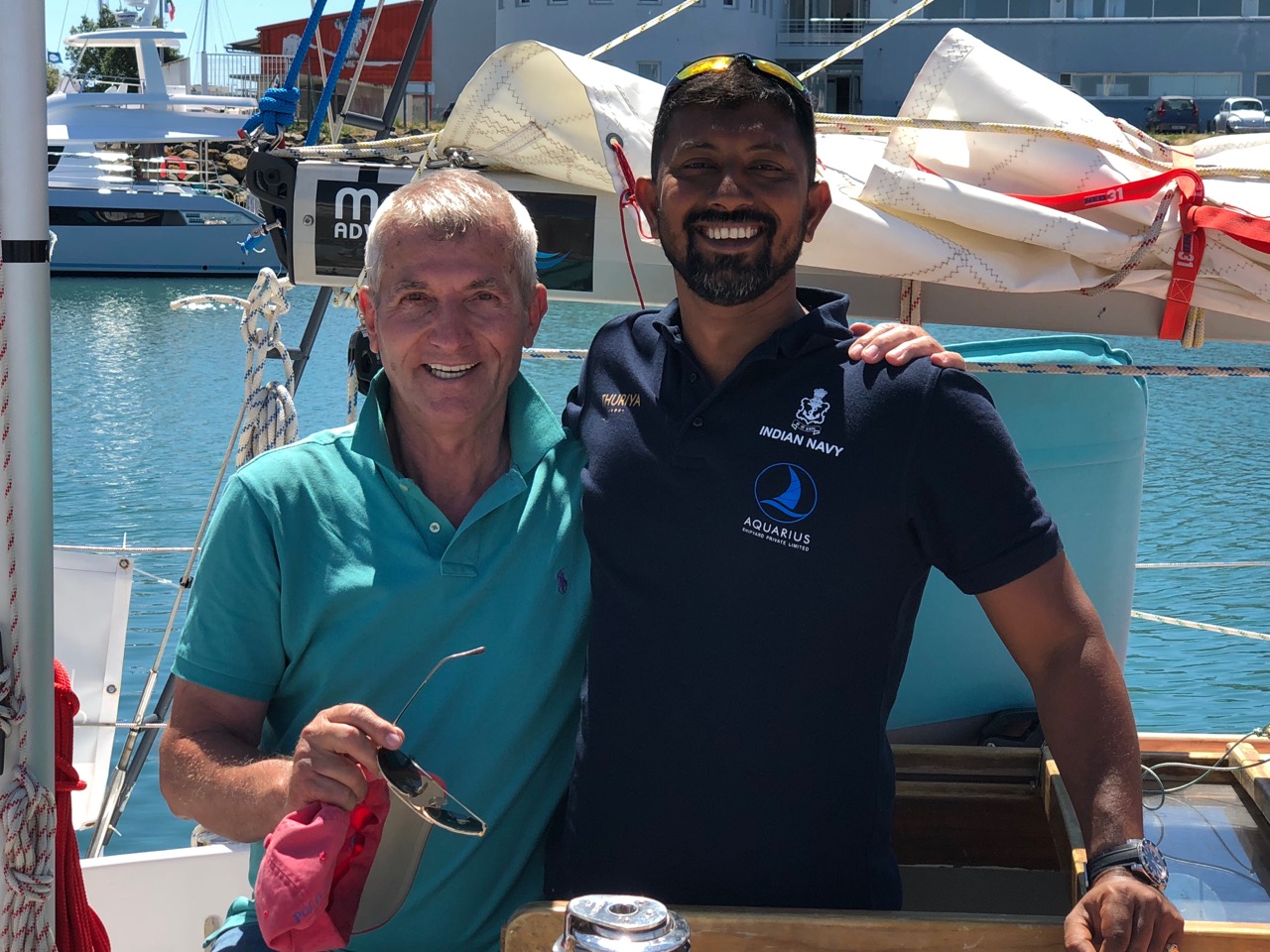
Fired by these warm thoughts, I plunged into the GGR campaign wholeheartedly, exchanging hundreds of messages on every relevant aspect. Naturally, I and the prospective GGR entrants concerned came to know one another at least somewhat over the course of these virtual and face-to-face interactions. Wise heads understand the value of good information and, as Igor, Abhilash and Tapio have demonstrated, know how to reap the knowledge they need and put it to work. The reminder I received, a few days into the race, that this is the best-case scenario rather than the inevitable outcome precipitated the first in a series of reports from my desk about what has turned out to be a very stubborn misunderstanding.
Fair play seems to be off the agenda. How else is it possible for someone to continue blaming their sponsor week-in, week-out, for misjudgements and planning oversights that that same someone has already openly conceded were his own? Come the end of the race, the question will have to be answered: who was at the helm across all those months and oceans? It is a question to be answered with care: sailors familiar with the strict logic of mechanical transom ornamentation understand how these things work – both literally and figuratively.
And the tension mounts!
Peter Foerthmann
































